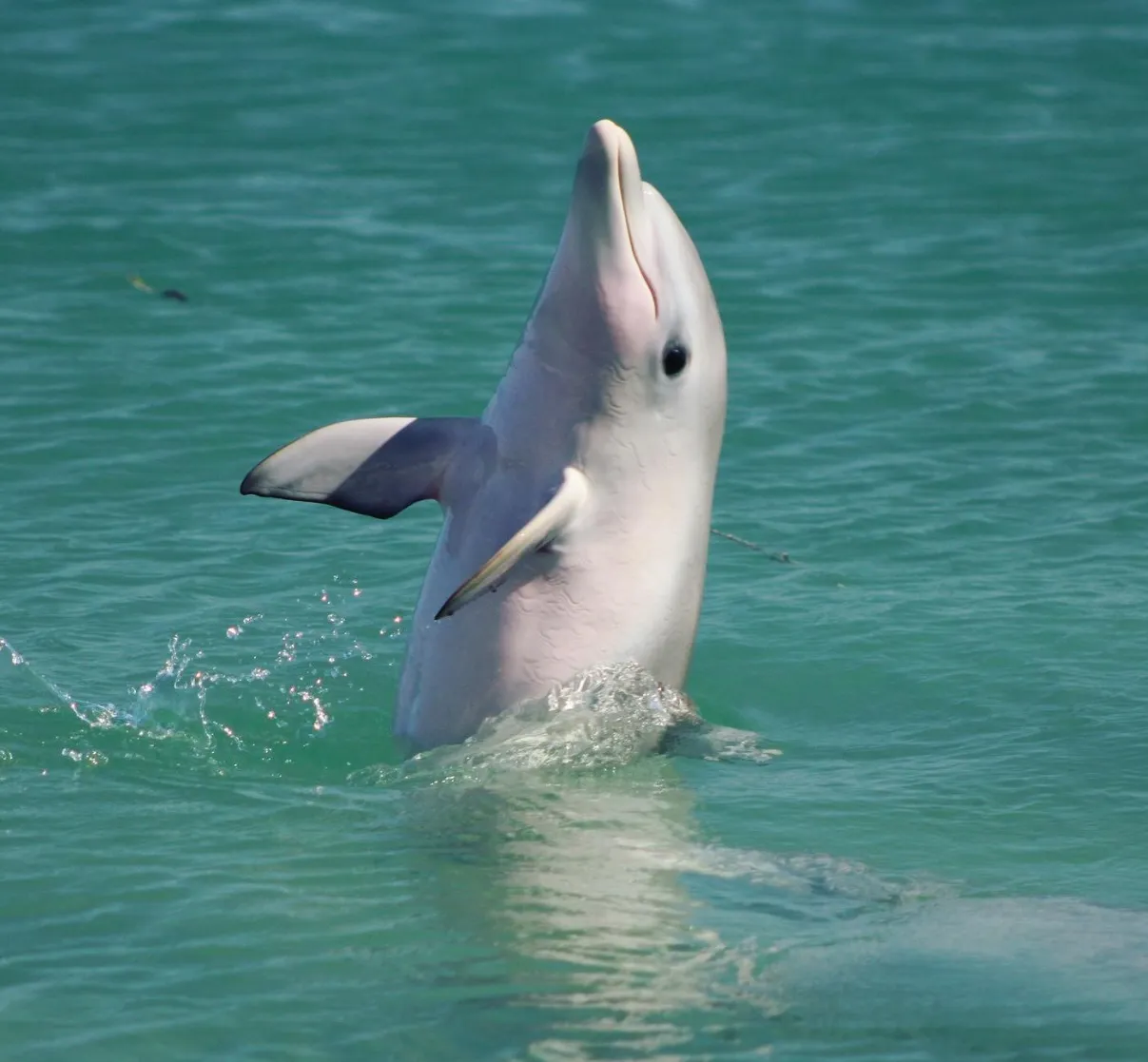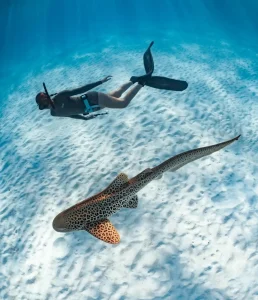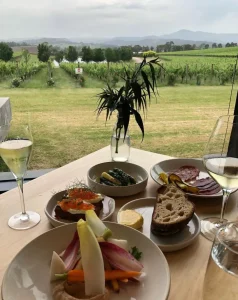Located in the Shark Bay World Heritage Area, Monkey Mia is a popular destination for people travelling to see the wild and social bottlenose dolphins. However, the area encircling Monkey Mia is much more intricate and rich than just these friendly dolphins. The goal of this article is to look at this picturesque region of Western Australia from a more wider perspective and explore the wider marine range of gentle dugongs and ancient sea tortoises all the way to fish species and other marine plants and animals. A number of other topics, such as what tourists can engage in, including eco-tourism and conservation efforts of the communities, will be covered.
Monkey Mia and Shark Bay
Monkey Mia, the focus of this study, remains contained within Shark Bay, which also houses diverse marine and land ecosystems. Shark Bay has shallow bays and white sand beaches dotted with coral reefs. This world heritage site supports an astounding abundance of marine species including common and Indo Pacific bottlenose dolphins. The distinct features of Shark Bay which include its tropical skies and sea water and its variety of environments have made it a center for marine studies and protection.
Monkey Mia’s Location
Monkey Mia is located around 850 kilometres north of Perth on the Coral Coast Of Western Australia. It has a coastal position which makes it possible to access waters rich in nutrients and also various settings such as seagrass beds that are important for the food of dugongs and sea turtle nesting sites. The subtropical weather of the place also sustains the life of the marine creatures more and serves the purpose of providing a good atmosphere for both the tourists as well as the researchers of wildlife.
Dolphins: A Glimpse into Monkey Mia’s Marine Stars
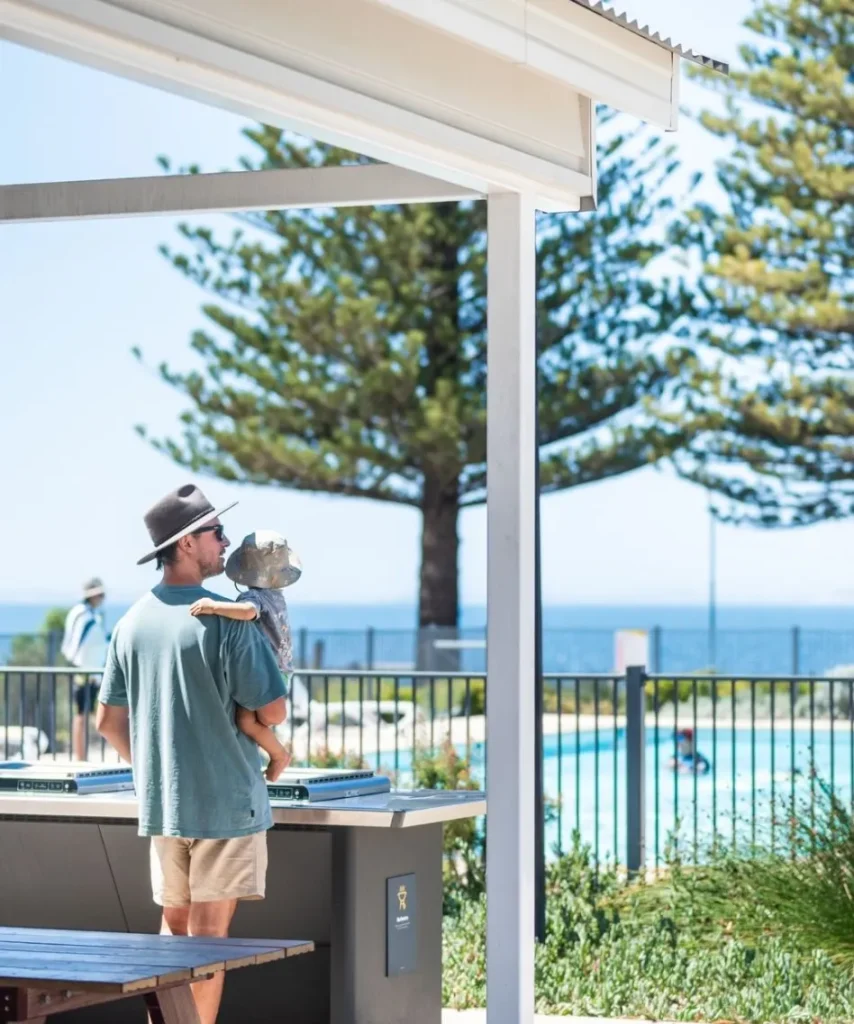
The wild bottlenose dolphins of Monkey Mia are the essence of this region, being more resident dolphins because of their friendly and engaging behavior. People come to the RAC Monkey Mia Dolphin Resort whose main highlight is the opportunity to come close to the dolphins. Besides, dolphin-watching activities are diversified. Female bottlenose dolphins, like old females and young calves, are often accompanied by tourists, demonstrating their social life and organization skills.
Although dolphins may venture out and interact with tourists as they please, every such contact is done under strict supervision and regulations in order to protect the natural behaviour of the dolphins. Different aspects of wild Indo-Pacific bottlenose dolphins social structure and long-term effects of human contact upon them has been studied and documented by specialists speaking within Dolphins of Monkey Mia Research Foundation coordinated by Janet Mann.
Marine Species Beyond Dolphins
Dolphins might be the main star of every attraction in Monkey Mia, but the marine life in this area comprises other species that add to the biodiversity of the region.
Dugongs
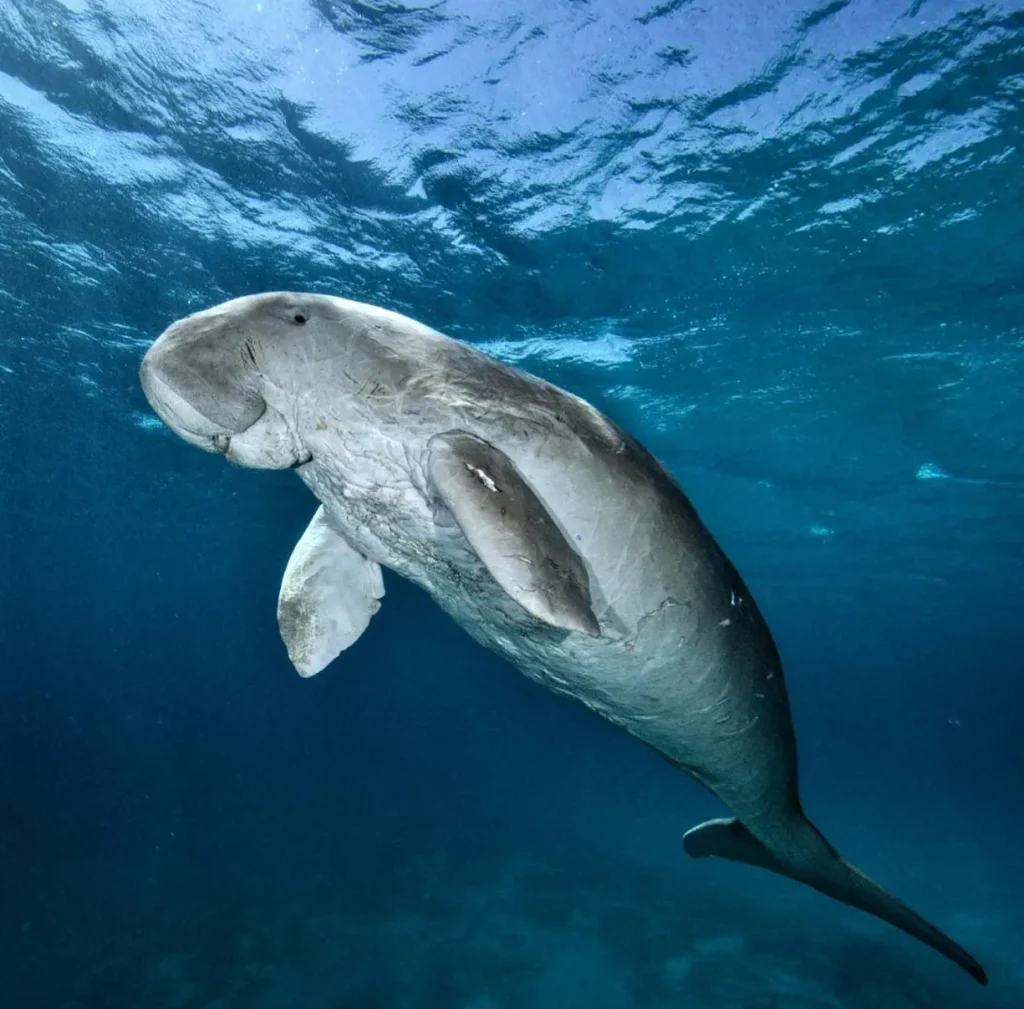
A dugong is a large mammal and resides in the seagrass beds of Shark Bay where it is calm and at peace. These sea animals are critical for the health of the underwater seagrass as they are crucial for the ecosystem’s wellbeing. The biological studies of the dugongs are concerned with their feeding and relationships with other marine organisms as well. Generally, watching these animals is a great thing to do especially on a boat and a snorkeling excursion.
Sea Turtles
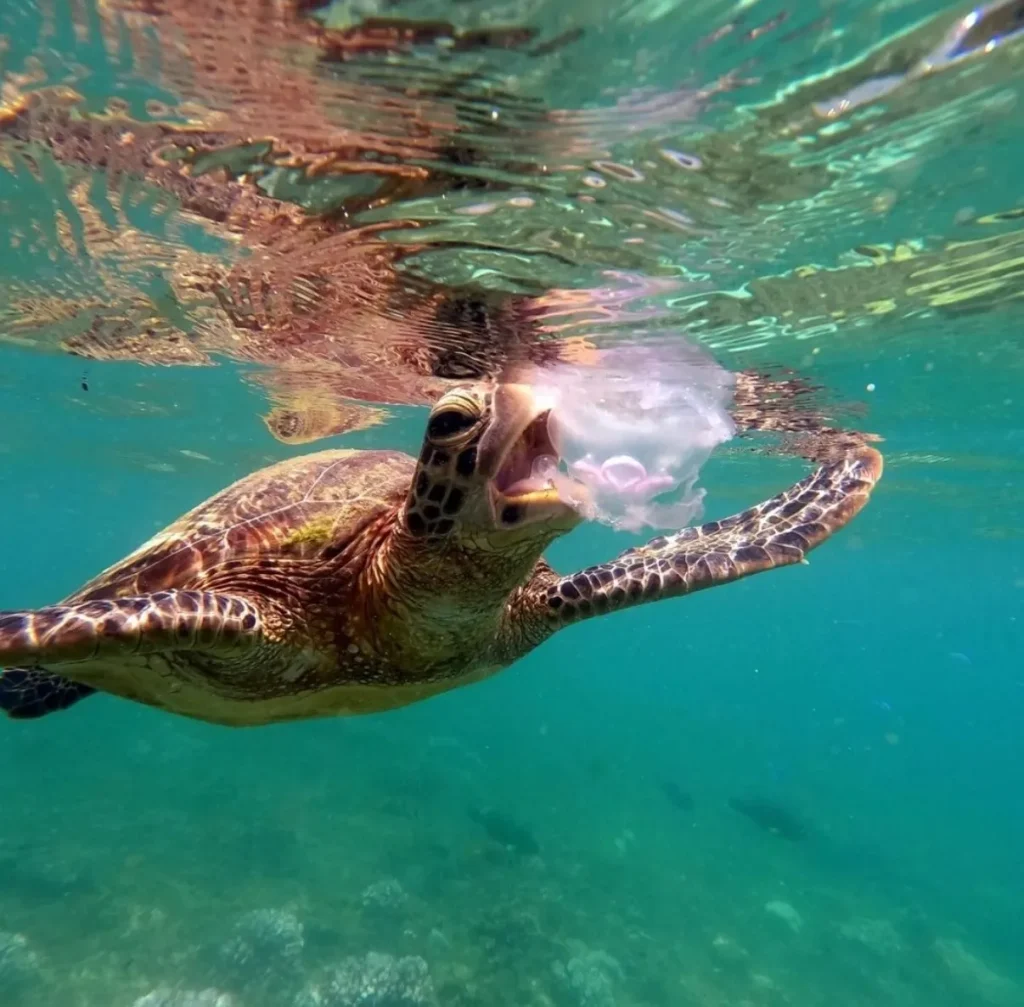
Occurring in these waters, monkey mia is green sea turtles and loggerhead turtles which are known as sea turtles. Ancient travelers are sea turtles who make long migrations to the sites where they nest and are beneficial to the ocean floor. Such as their nesting and where they go are part of the ongoing study and the harvesting management plans to protect their habitats.
Fish species
Monkey Mia waters also consist of a vast number of fish species, each contributing to the rich marine ecosystem. There are many types of fish, from the green and blue reef fish to the majestic manta rays that play a part in water ecosystem. Among these activities are snorkeling and other diving ventures that allow tourists to interact with these immerse community, which is rich in wildlife and biodiversity of the region.
Plants, Wildlife, and Fungi
Monkey Mia enclaves a vast expanse of ecologically varying land that supports lots of flowering plants, wild animals, and even fungi apart from its riches in the sea. Sand dune and coastal flora of the described region create favorable living conditions for both birds and some small animals. There are more trails, such as the Wulyibidi Yaninyina Trail that enables the cut through these regions within the background of clashing with some peculiar plant and animal species.
Trails
There are a few as well trails present around Monkey Mia and its borders which would enable the tourists to relieve their nature to its utmost beauty of the region.
Drive Trails
If you opt for a more extended stay and wish to go further out from the Monkey Mia area, it is possible to engage in a number of drive trails which allow to see the scenic beauty of the Shark Bay. Quite a number of trails can be found, some including four-wheel drive routes which allow visitors to see breathtaking views, sand dunes and other interesting landforms.
Walk Trails
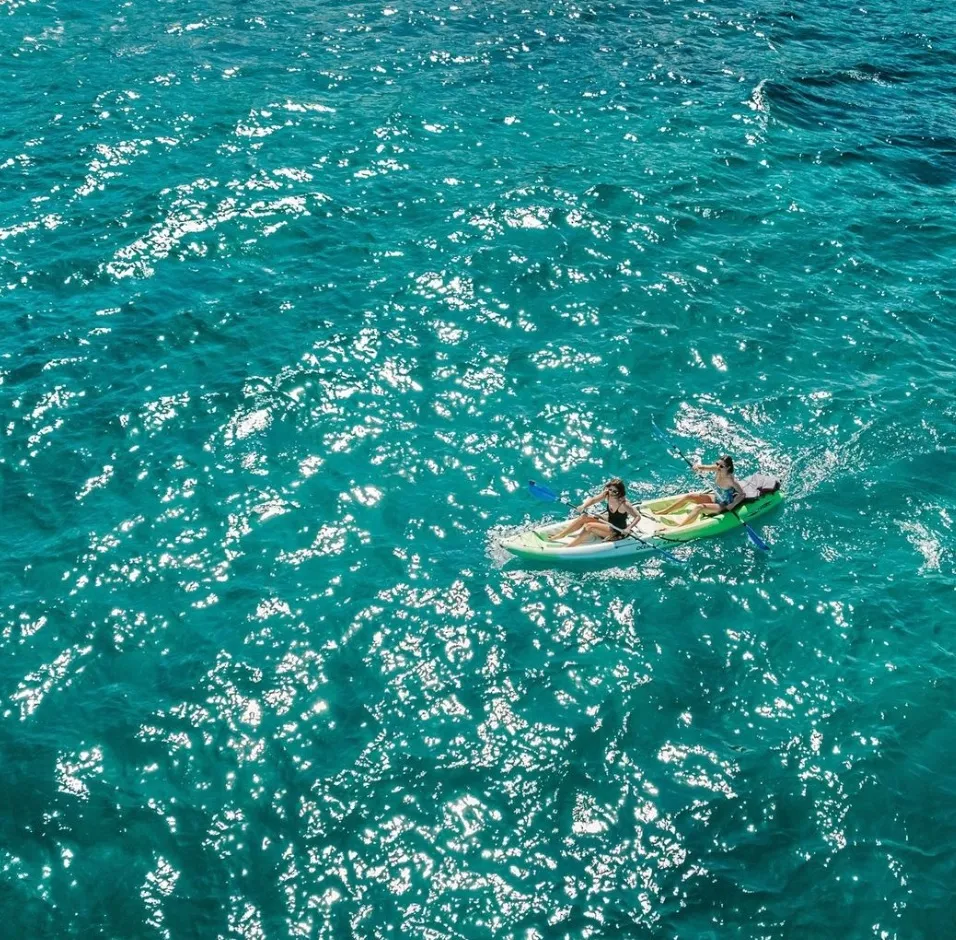
The Wanamalu Walk Trail is made up of a 1.5-kilometre cliff top walk consisting of certain attractions and interesting surroundings. They include the Bay Kayak Trail, them that are inclined to lake it by foot due to the serenity if the environment and wish to hike long distances. Such strides give a over sights of the shoreline, birds, as well as a possibility of viewing sea life from an outlandish angle.
Attractions
These range from wildlife and cultural activities that surround the Monkey Mia and its surrounding areas to some of the tourist attractions and activities within the area.
Dolphin Experiences
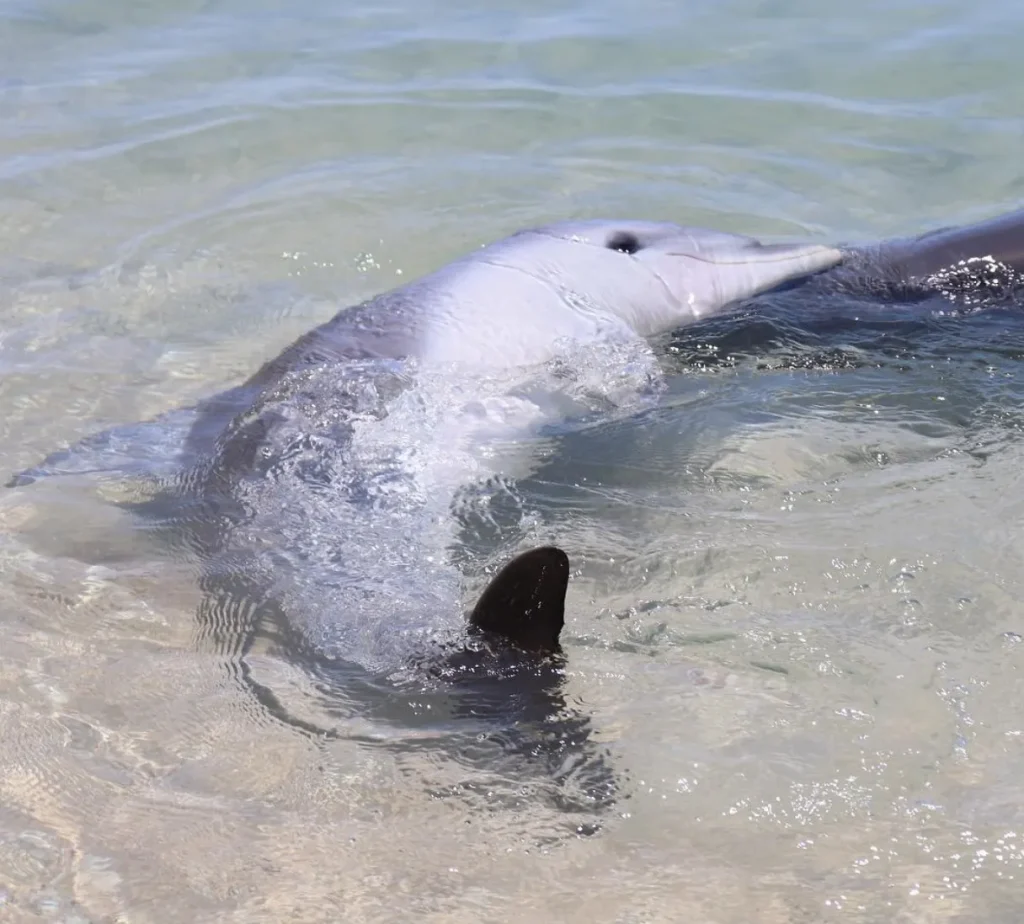
The interaction program available to tourists with the dolphins in Monkey Mia is one of the most popular attractions at the spots. It gives people the chance to see and interact with dolphins in their natural setting as there are a number of rules in place to reduce impact and ensure the dolphins are adequately protected. The rules are on how to say hello, where, how and when to go swimming with dolphins and bullshitting rules and what nots.
Boat Tours
These boat tours are yet another great option for visitors to appreciate the sea life of Shark Bay. These tours enable tourists to get closer to the dolphins, dugongs, sea turtles, and the manta rays and witness them in their natural habitat. The guidelines provided for the tour operators are very clear on minimizing the impact caused on the wildlife that would make it better.
Cultural and Aboriginal Tours
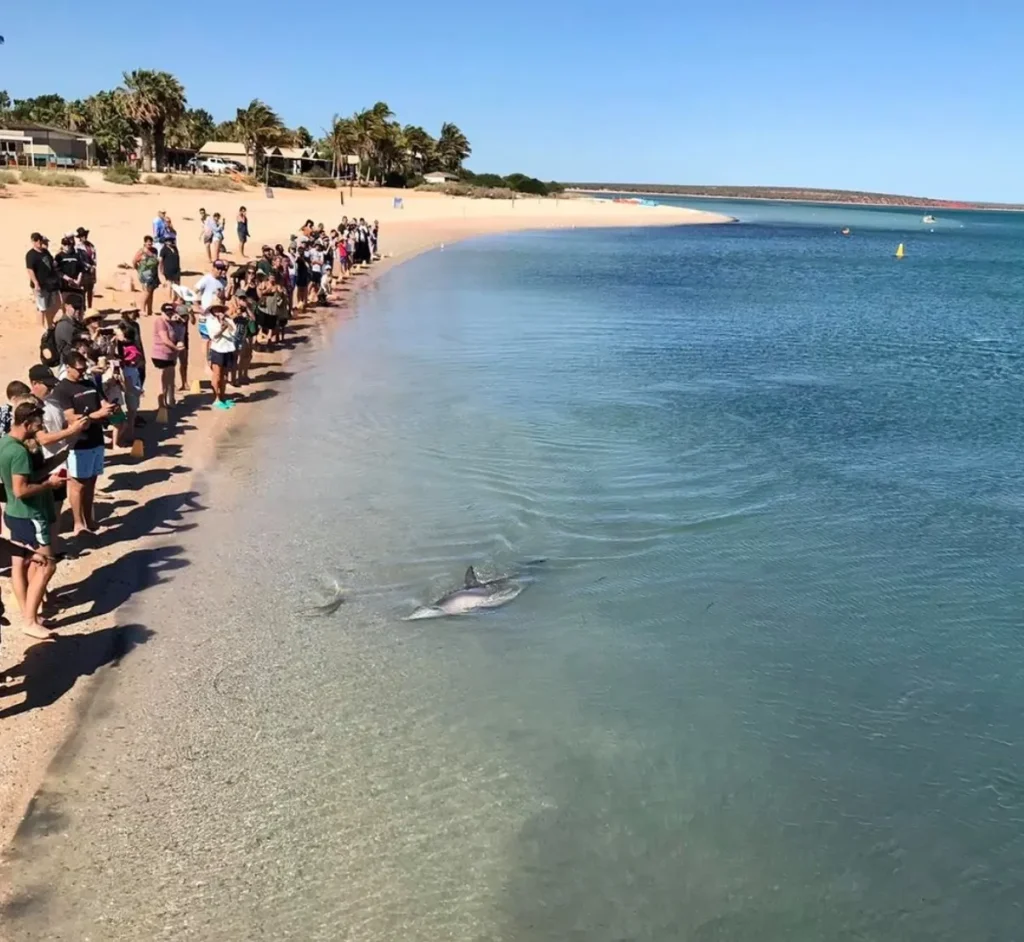
Their cultural Monkey Mia trip are enriched more with Malgana Aboriginal guides who to delve how the land was custodians and their patterns to the convention area. The travelers will appreciate the history of Shark Bay and the extent to which human activities have affected that cultures in terms of ecosystems.
Conclusion
It should be noted that Monkey Mia is not only associated with dolphin watching, as the region has abundant marine and wildlife. Such a rich environment encompasses not only the wild bottlenose dolphins but invited dugongs and tropical fish as well, which are surely taking the visitors’ breath away. They are angered to find that such a unique environment is existing for the present generation scraping teeth along the box and several decades ahead. Roof top views of white sand beaches, boat cruise, and animal activities facilitate unique experiences and nurture appreciation towards monkey Mia and the inhabitants.
FAQ
What will happen during a dolphin encounter experience at Monkey Mia?
People are able to seek out friendly dolphins in a controlled atmosphere. These experiences are educational with respect to dolphins, their ways of communicating, socializing and corresponding ways, along with a few restrictions so that the animals are not disturbed to an excessive extent.
Is there a law regarding dolphin feeding at Monkey Mia?
Yes, there are strict laws prohibition on the feeding of dolphins to them to be necessary and not harmful to the dolphins. Feeding is controlled and done so as to not compromise dolphins in the ocean long term.
What other sea animals can be seen in the vicinity of Monkey Mia?
Apart from dolphins, visitors are likely to see dugongs, sea turtles, manta rays and different species of fishes within the waters of Monkey Mia. These marine animals can be seen through boat trips and snorkeling.
What can visitors do to explore the area around Monkey Mia?
There are walking tracks like Wanamalu Walk Trail and the Bay Kayak Trail which enable visitors to travel the land environment of the area. These trails provide great views of the region and allow visitors to see local plants, animals and birds.
How does Cetacean tourism in Shark Bay benefit the community around it?
Activities such as dolphin swims and whale watching, can enhance awareness and purposeful action towards conservation. It also fuels the local economy, as well as allowing for studies on how to better protect marine mammals.
